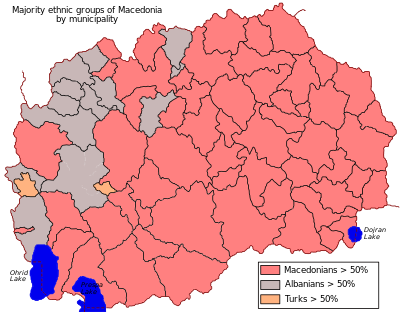This article includes a list of general references, but it lacks sufficient corresponding inline citations .(December 2010) |
| History of North Macedonia |
|---|
 |
| Timeline of the history of North Macedonia |
This article presents the demographic history of North Macedonia through census results since 1948.


